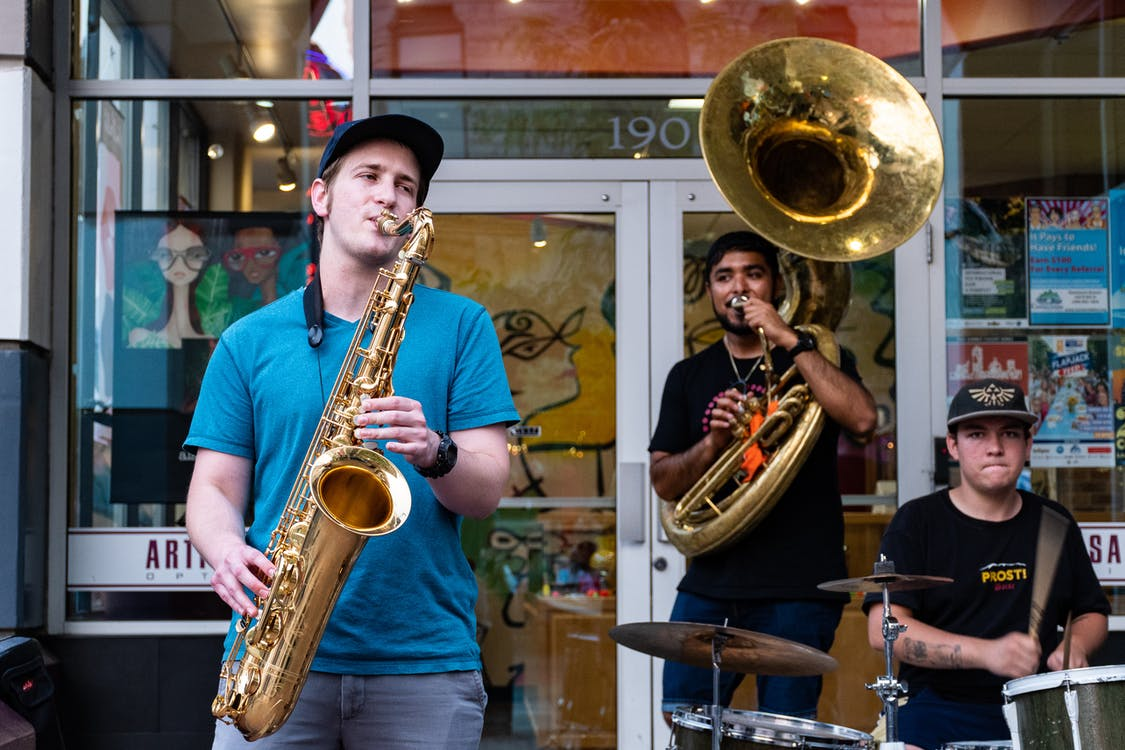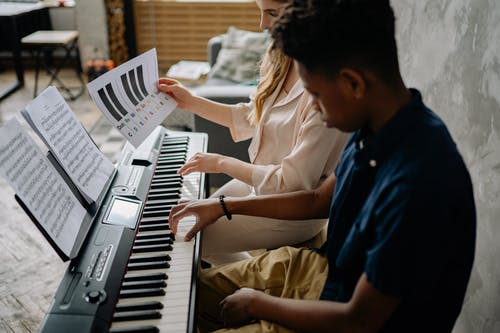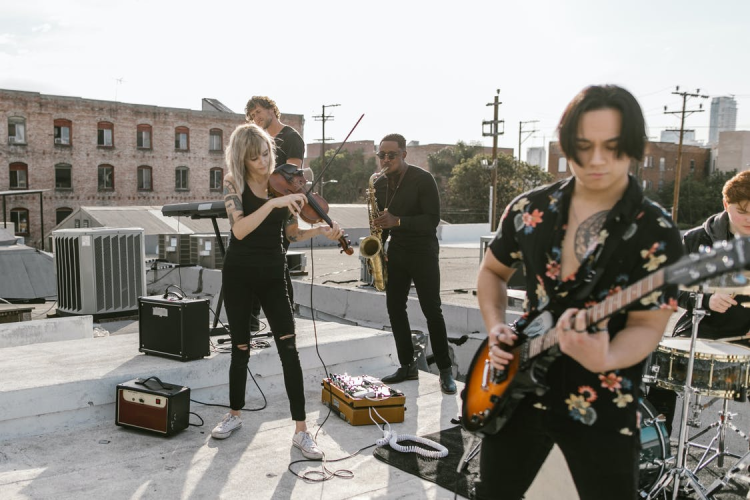The 1970s were ripe times for hard rock and heavy metal music genres. More and more musicians were finding the genres supremely expressive and distinct from other genres of the past. Queen, the rock band, comprised four enthusiastic musicians highly influenced by hard rock and progressive rock. Hark rock music involves aggressive vocals and a […]

Ensemble Music – The Art of Making Music Together
Learning to play an instrument involves many different techniques. Playing music with two or more people together is an equally effective technique for teaching music. Students often find the activity fun and engaging. Ensemble music facilitates group learning and is especially apt for learners aspiring to take up playing instruments professionally.
Apart from being an excellent source of teamwork, ensemble music is incredible at helping students find their footing amongst different sources of music. You must have seen several orchestral performances, haven’t you? That’s a perfect example of professional ensemble music.
Up for performing in an ensemble? Our music institute in Abu Dhabi trains students for immaculate ensemble performances! Reach out to us to know more about our programs.
Have a look at some of the ensemble music types.
Duets
A duet is just two musicians playing a single instrument. While guitar and piano do well in solo music, they can be easily paired with more mellow music instruments. Flute and violin are good options to pair a guitar with.
Chamber Ensemble
Imitating musical instruments played in palace chambers, a chamber ensemble is a small collection of musical instruments played together. We’re talking about any piece of music that can be performed by a few musicians for smaller audiences.
Are chamber ensembles beneficial for young performers? Yes. Chamber music offers an excellent learning experience to young learners since it’s a small group of musicians.
Concert Bands
Only recently, Forbes reported the famous rock and roll band Roxy Music to be returning to North America for a 10-day tour. Roxy is an iconic music band of its time. The four-people band includes a singer, guitarist, saxophonist, and drummer.
Are concert bands different from regular ensembles? Music composition major Ella Harpstead believes concert bands are different in the kind of percussion instruments and wind instruments they use for bands. On the other hand, orchestras are composed of violins, cellos, and more.
Does the violin interest you enough? Start learning it today. Violin lessons and certificate courses at The Young Musician Music Institute offer hands-on instrument learning classes to aspiring learners.
Clarinet Choir
Clarinet choirs have been there for quite some time. The instruments in the ensemble come right from the clarinet family. Alto and contrabass are some frequently repeated instruments in clarinet choirs. The fun part about clarinet choirs is that you can always play around with the number of choirs. While 10choir members are routine, they can be increased up to 40 members.
Brass Ensembles
Large brass performances are common throughout Europe. A splendid brass arrangement uses rhythmic devices intermittently to induce depth and often a sense of longing in the composition. While a tuba and a trumpet are common instruments in brass ensembles, the trombone holds the whole composition together.
Musical instruments for beginners often require deep breathing. Work on improving your breathing skills to excel as a trombone player in ensemble performances.
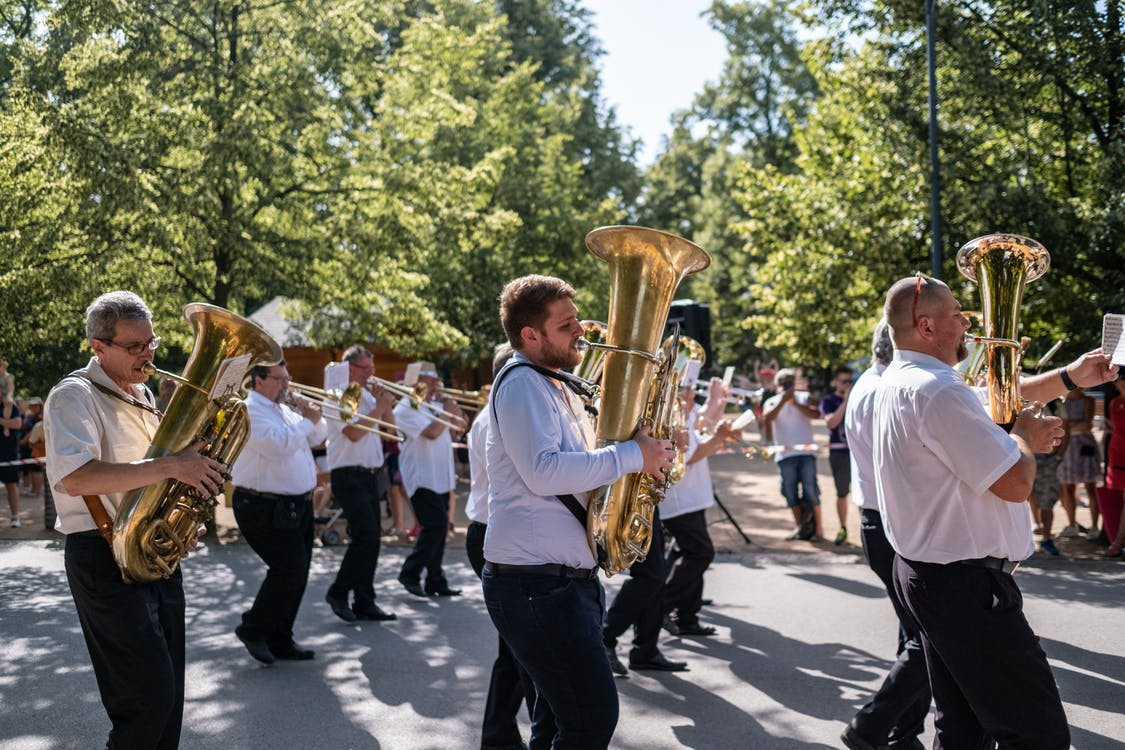
Flute Choirs
A flute choir focuses on diversifying the melodic range. Do you know how many instruments are there in the flute family? The major flute types are three. But you can conveniently divide them into more flute types. You must have heard of soprano flutes, alto flutes, and bass flutes.
Flute choirs work along distinct flute pitches. While the Piccolo flute has the highest pitch, an alto flute can be used to complement the sound since it has a mellow sound.
Afro-Cuban Ensembles
The ensemble music is a part of Africa’s rich folkloric culture. Its blend with that Cuban music produces robust music perfect for dances. Popular music forms like cha-cha-cha and Mozambique can both be performed through ensembles. These don’t have many members. Four members do well in the composition. Some commonly used instruments during ensemble performances include:
- Claves
- Drums
- Bongos
To excel in the performance, lead drummers make sure they control the rhythm. Complementary instruments like bongos add life to the overall rhythm. Their sound is high and loud, followed by a repetitive beat.
Jazz Bands
The twentieth century has known some of the greatest rock bands. Jazz bands and orchestras are the Miles Davies Quintet. The ensemble had Herbie Hancock and Wayne Shorter as the leading musicians. The band is one of the most famous ensembles in jazz history.
The 1970s is familiar with the Art Ensemble of Chicago as one of the most impactful jazz ensembles of the time. It’s also the iconic camaraderie that brought together European music and indigenous African tunes.
To this date, jazz bands have continued to influence many. Trinity music courses allow students to explore music genres such as jazz and the blues. Start learning an instrument at a young age, and you’ll ace it in no time!
Orchestral Music
Orchestras are elaborate music ensembles with numerous sets of instruments intricately synchronized. The orchestra plays without auto-tuning. It’s about harmonizing different musical tunes as a unified piece of music. Based on the mood the master intends to create, orchestral performances can be robust, subtle, and melodramatic.
A traditional orchestra has around five sections:
- The woodwind (Flute, Piccolo, Oboe, Bassoon, Clarinet, Bass Clarinet, English Horn, Contrabassoon, Saxophone)
- The brass (Trumpet, Trombone, French Horn, Tuba, Bass Trombone)
- The percussion section (Snare Drum, Timpani, Triangle, Bass Drum, Cymbals, Gong, Vibraphone, Celesta, Piano). The piano is considered part of the percussion group.
- The strings (Violin, Cello, Viola, Double basses, Harp)
The keyboard instruments are included occasionally. The group can have around 80 members.
Symphony Ensembles
The orchestra and symphony are different ensembles. While the orchestra comprises sets of discrete instruments, symphonies are focused on perfecting two to three musical movements. The string family is the largest musical group in symphony settings. Violins, harp, cellos, double basses, and violas are often spotted in televised symphony performances.
Piano Ensembles
Piano ensembles are fun and engaging. Music lessons that involve piano ensembles have a relaxed and collected environment. You can have different kinds of pianos in a piano ensemble. The spinet piano and the console piano are some of the most used types. The duets also feature pianos in chamber ensembles.
Take piano lessons in Abu Dhabi at the time of your choice! You can also opt for singing lessons alongside. Visit our website for information and details.
Percussion Ensemble
Some of the most used instruments in orchestras, the percussion family comprises xylophones, cymbals, triangles, and bass. Another percussion instrument is the timpani, frequently used in percussion ensembles. Timpanists often change the instrument’s pitch by using drumheads. The instrument adds a resounding touch to the entire musical composition.
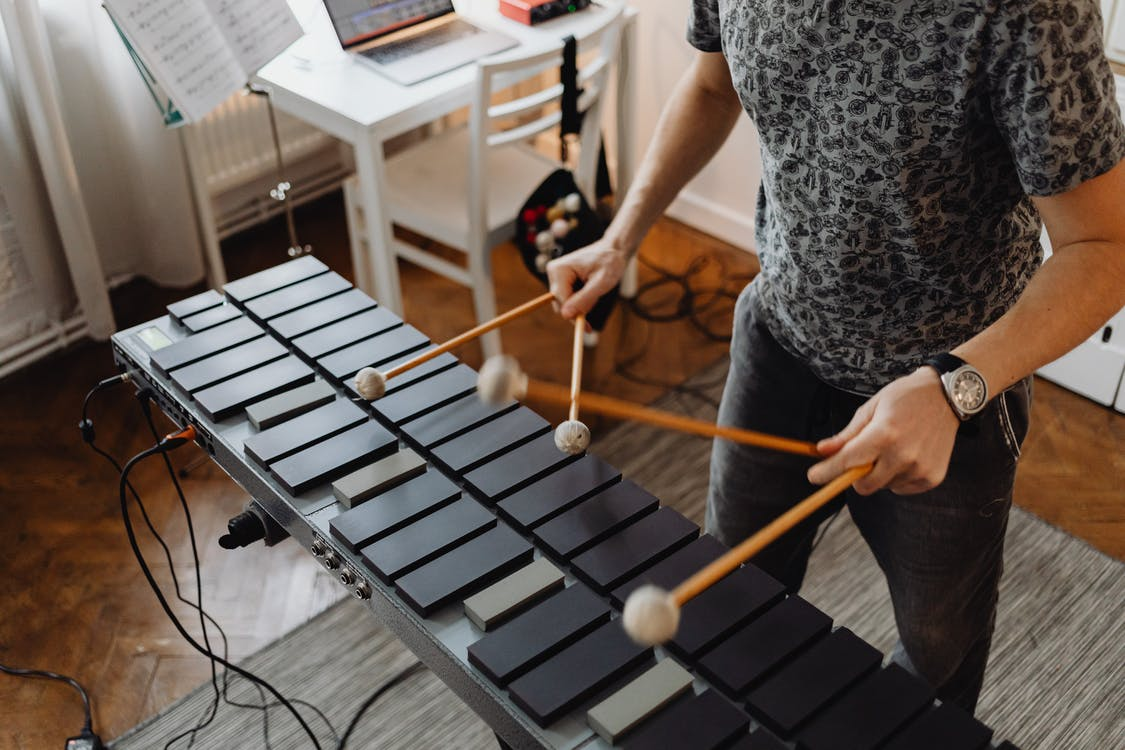
Ensemble performances do take some time and effort. Begin by taking music lessons in Abu Dhabi at a young age. The Young Musician Music Institute in Abu Dhabi offers music lessons for beginners. We also provide Trinity guitar exams and Rock and Pop graded exams affiliated with Trinity College, London.
To enroll in one of our courses, contact us at +971 2 556 2080/ +971 2 678 3550

